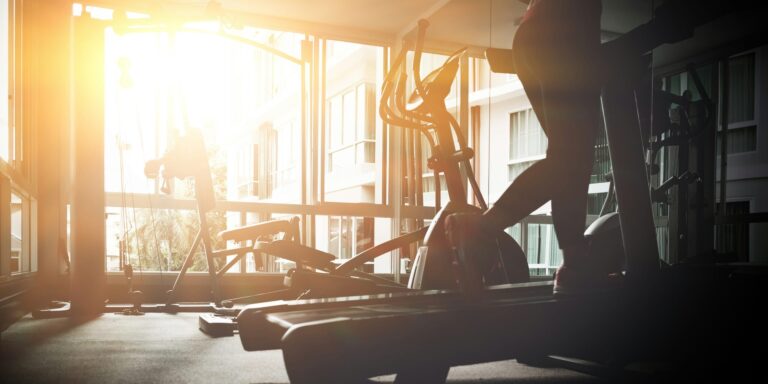In the wake of July 16’s health news confirming that GLP‑1 medications can help obese men restore testosterone levels, real estate agents across the United States are reporting a noticeable increase in demand for homes with built-in fitness amenities. This emerging preference is particularly strong among male buyers who are embracing holistic health routines and seeking environments that support their physical and hormonal wellness goals.
The correlation between personal health trends and real estate priorities has been building for several years, but the latest medical findings have accelerated interest in wellness-oriented properties. According to industry analysts, homes equipped with dedicated gym spaces are now commanding a premium, with sale prices averaging 5 to 15 percent higher than comparable properties lacking these features. Moreover, these homes tend to move faster in the market, especially in suburban and urban areas where lifestyle optimization has become a top priority.
This trend aligns with the growing momentum of the “wellness real estate” sector, which has ballooned in value and is projected to reach $580 billion globally by 2025. More homebuyers are seeking spaces that enable consistent exercise, stress reduction, and self-monitoring. Realtors note that male clients, in particular, are motivated by the convenience and privacy of having a fully outfitted gym at home—especially as many incorporate wearable health technology, nutrition tracking, and strength training regimens into their daily lives.
Properties with spare rooms, garages, or basements already converted into functional fitness zones are attracting special attention. Buyers are increasingly drawn to spaces with features like durable flooring, natural lighting, temperature control, and high ceilings that accommodate a range of equipment and exercise styles. Agents say even modest gym installations can create significant buyer appeal, particularly when marketed with a narrative of lifestyle enhancement and health empowerment.
This demand is reinforced by recent public interest in GLP‑1 medications, which are now being recognized not only for their weight loss and diabetes benefits but also for their positive effects on men’s hormonal balance. For many prospective homeowners, the ability to support that medical progress with regular physical activity at home has become a key factor in their search criteria. Fitness is no longer viewed as a luxury but as a fundamental component of daily life.
Real estate developers are responding accordingly. New builds are increasingly being designed with wellness in mind, incorporating fitness studios, recovery rooms, and wellness nooks in their floorplans. In resale markets, sellers are staging underused spaces as home gyms to appeal to wellness-conscious buyers. Some listings now emphasize proximity to outdoor trails, community recreation centers, and wellness-focused retail offerings.
Ultimately, the real estate market is reflecting a broader cultural shift toward integrated self-care. The surge in interest for homes with built-in gyms underscores how deeply health is shaping consumer behavior—even in areas like property acquisition. As medical science and lifestyle aspirations converge, homebuyers are not just investing in real estate—they’re investing in well-being. And in 2025, that increasingly means buying a home that makes health a daily, convenient priority.
